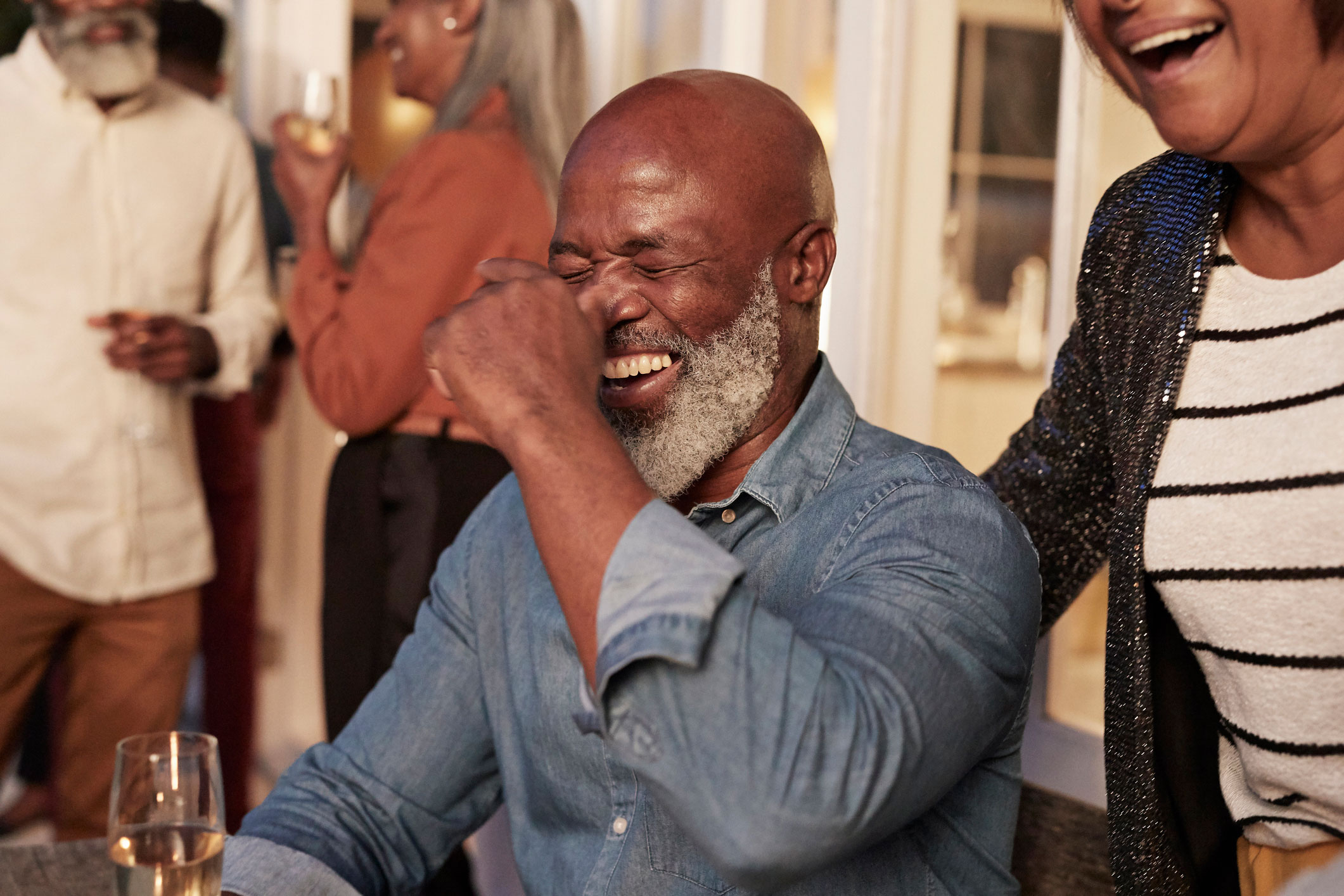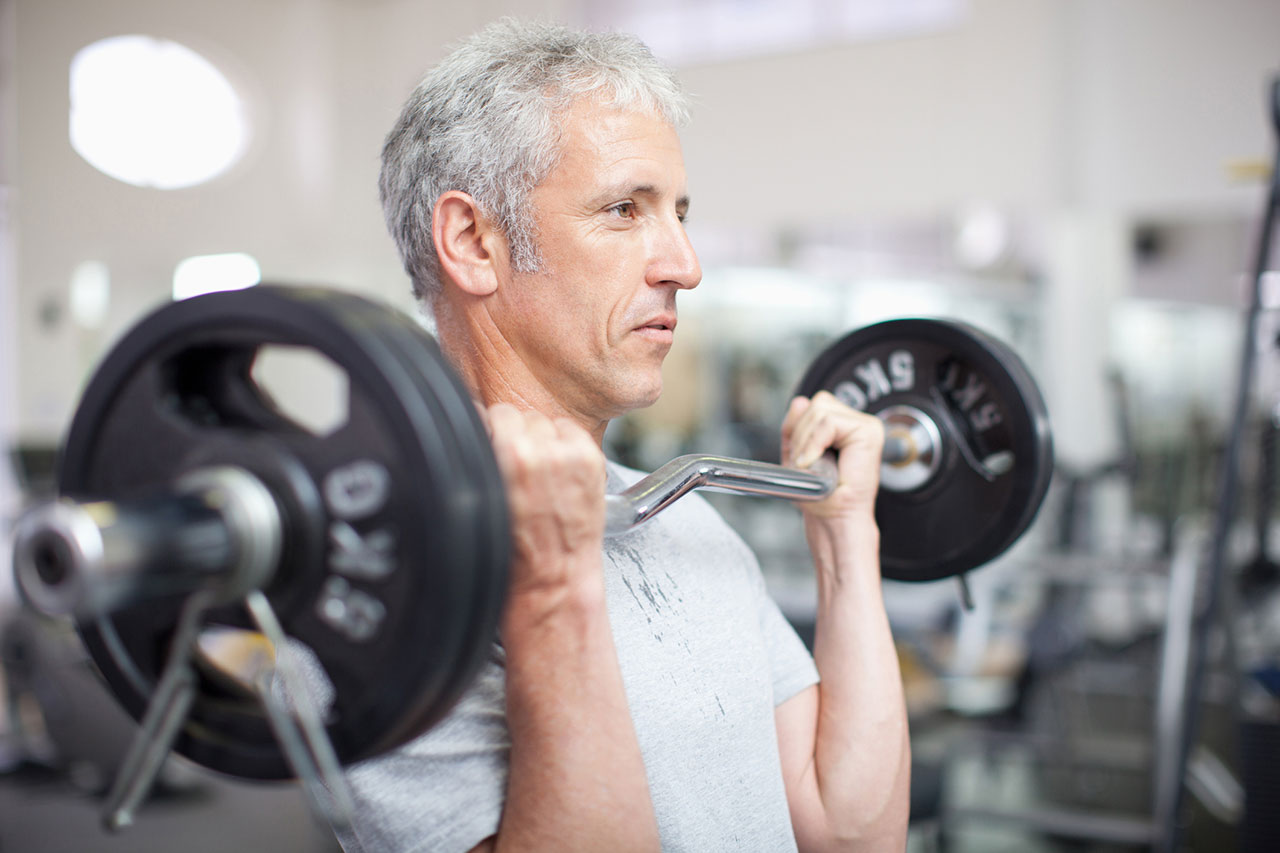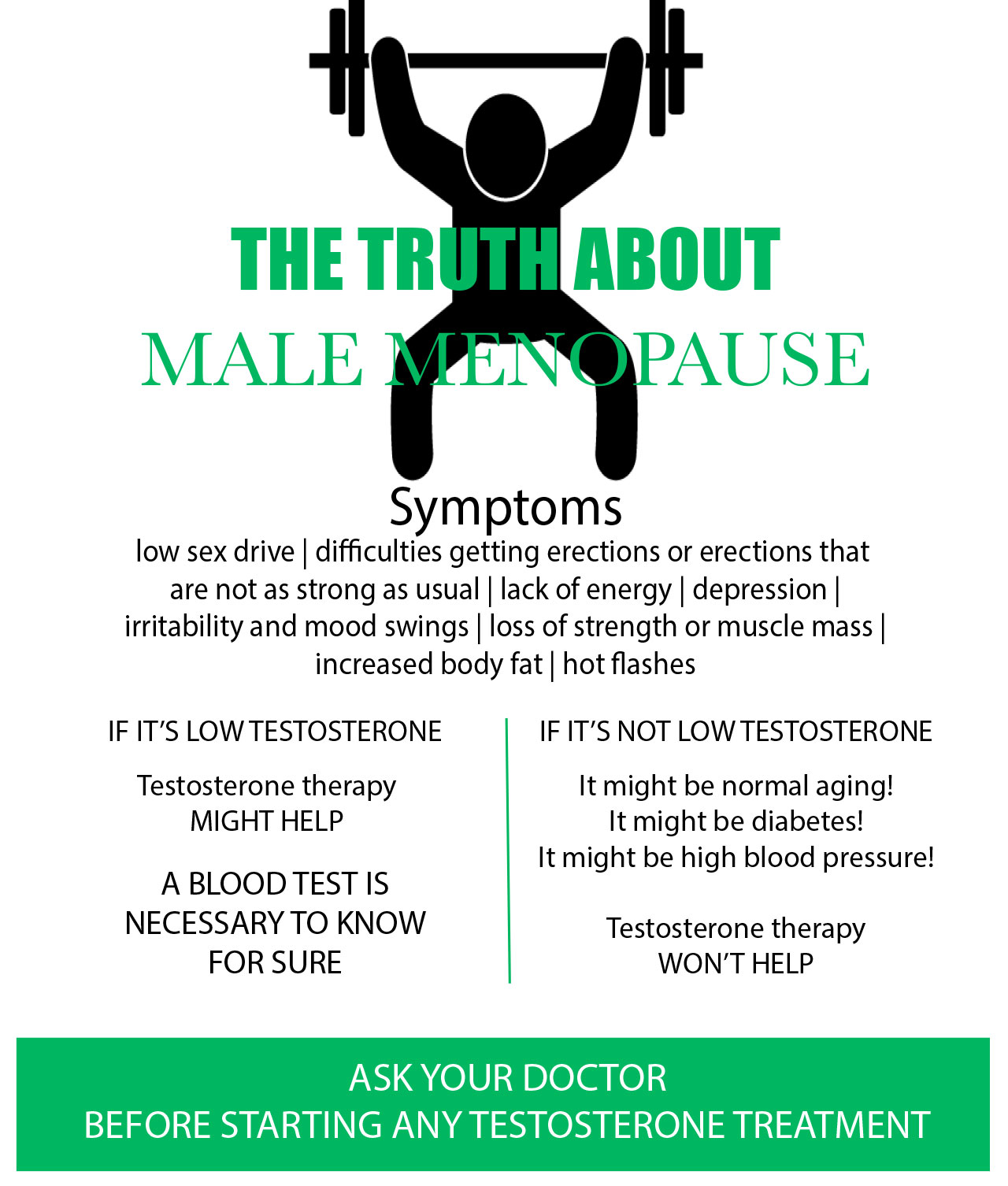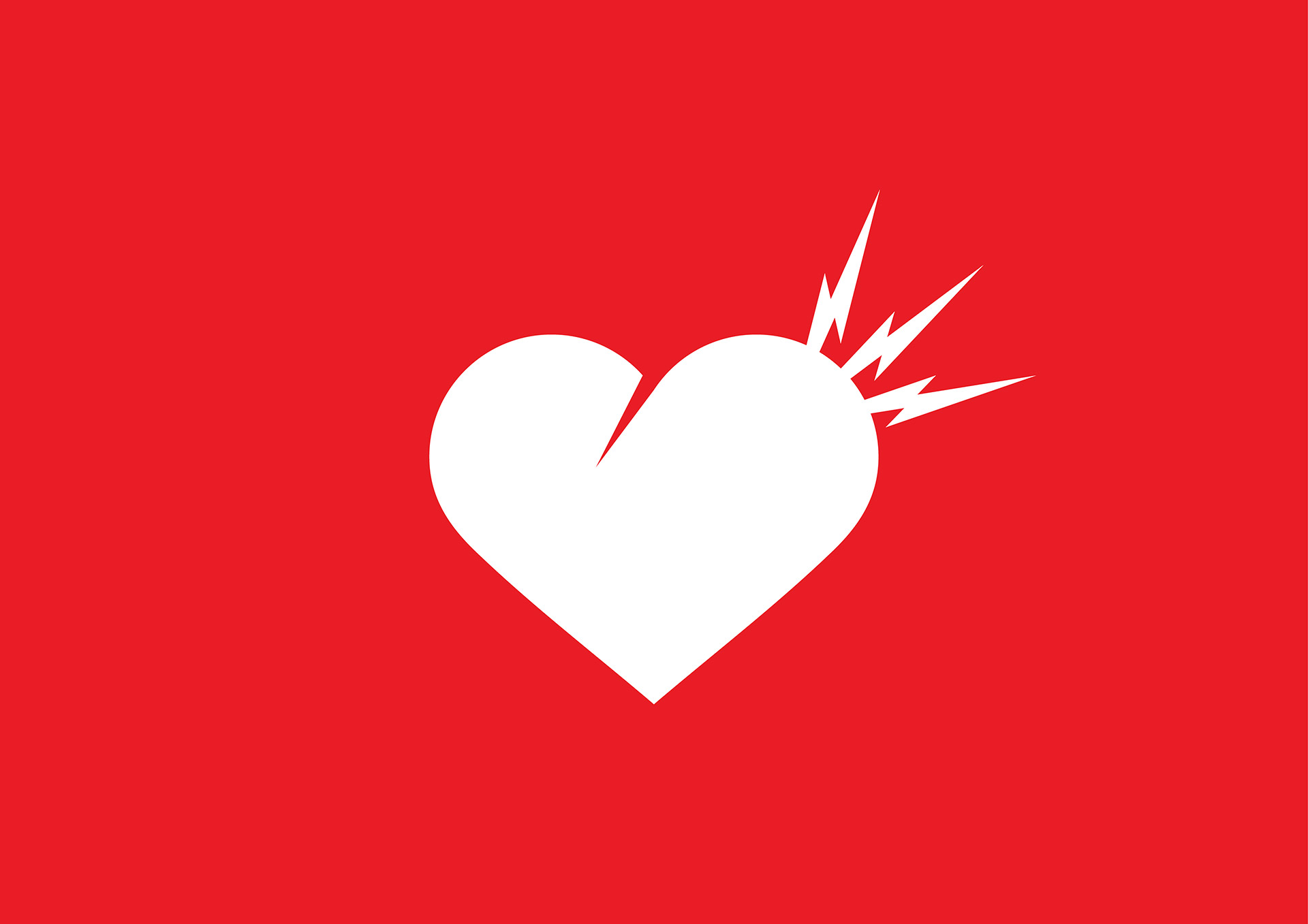
Friends with Benefits: Adopting a Pet
May 26, 2021
Binging: Are You Doing It?
June 22, 2021by Susannah Wollman
I’ve heard the term “male menopause.” What does it mean?
The TV lights up with ads for “solutions” for “Low-T.” Men from their late thirties on wonder if their symptoms are related to this condition that seems to be affecting men more and more. Is it male menopause and what exactly are the symptoms? Do all men go through it? Is increasing testosterone the answer?

Andropause
The term andropause was first coined in 1967. The definition is “a gradual and highly variable decline in the production of androgenic hormones and especially testosterone in the human male together with its associated effects that is held to occur during and after middle age.” The important factor to understand is that it is “highly variable.”
Unlike women’s menopause (which occurs in a relatively short amount of time), andropause happens in a more gradual way over many years. Symptoms don’t necessarily appear at a specific age; testosterone and other androgens (any of a group of hormones that primarily influence the growth and development of the male reproductive system) naturally decline as men age. It in and of itself is not a “condition” anymore than a woman ceasing her menses is.
Overall, at least 25% of men over the age of 70 years meet laboratory criteria for hypogonadism, the more accurate term. This is thought to be responsible for a variety of symptoms associated with aging.

Symptoms of Andropause
Although symptoms vary from person to person, the following symptoms are most often reported.
- low sex drive
- difficulties getting erections or erections that are not as strong as usual
- lack of energy
- depression
- irritability and mood swings
- loss of strength or muscle mass
- increased body fat
- hot flashes
Although it has been difficult to definitely tie low testosterone levels to sexual dysfunction and depression, some evidence does seem to say that increasing the levels of testosterone leads to improvement in muscle strength, bone density, and erectile dysfunction. A link between depressive illness and testosterone is not currently established and increasing testosterone does little to alleviate depression.
The term symptomatic late-onset hypogonadism (SLOH) is a more accurate term for a true condition that presents these symptoms. It is important to differentiate between hypogonadism and andropause.

What else could it be?
It’s important to see your doctor before taking any “testosterone improvement” treatment, because your symptoms could be from another disease or condition that needs another treatment. Your doctor will ask questions to see if your symptoms match those of men with low testosterone. A blood-test can confirm the level of testosterone in the blood.
Other conditions that are associated with these symptoms are diabetes and high blood pressure. These need to be ruled out before treating with testosterone therapy.
It is important to realize that many of the symptoms are a normal part of aging and may not be reversible with treatment. Testosterone therapy can help reverse the effects of hypogonadism, but for older men who are otherwise healthy, there’s little evidence to support the use of this therapy for the symptoms of aging.

Testosterone therapy
There are risks involved in nearly any therapy. Those for testosterone therapy include:
- worsening sleep apnea. This potentially serious sleep disorder causes breathing to repeatedly start and stop
- acne or other skin reactions
- benign prostatic hyperplasia (noncancerous growth of the prostate) or growth of existing prostate cancer
- breast enlargement
- limiting sperm production
- shrinking of testicles
- making too many red blood cells (increased risk of blood clots, causing pulmonary embolism or blood clot in the lungs)
- possible increase risk of heart disease

When not to take testosterone therapy
If you have breast or prostate cancer, do not take this therapy. Be sure to discuss with your doctor if testosterone therapy is right for you if you have heart disease, are taking some medications such as blood thinners, have an enlarged prostate, kidney or liver disease, or have too much calcium in your blood.

What forms does testosterone therapy take?
There are several ways to get testosterone therapy. Your doctor will help you determine which is right for you.
- Skin patches. This method deliver the hormone through the skin. It allows a slow, steady release of testosterone into the bloodstream. Applied once a day, be sure the skin is dry on the back, abdomen, upper arms, or thighs.
- Testosterone gel. Another therapy applied to the skin, this gel is normally used on the arms. Washing your hands thoroughly after application is necessary as you can transfer the medication to other people on your hands. It’s important keep others away from unwashed clothes, too, as the medication can be transferred indirectly by touching unwashed clothing.
- Capsules. Testosterone capsules are taken twice daily after meals. If you have liver disease, poor liver function, serious heart or kidney problems, or too much calcium in your blood, you should not take capsules.
- Injections. This treatment option involves injections of testosterone cypionate and testosterone enanthate in the muscle every 2 to 4 weeks. Watch for mood swings after injections.

Are there more “natural” ways to get relief?
Although advertising suggests that testosterone therapy is your best solution, treating normal aging with testosterone therapy is not advisable. If a medical condition isn’t contributing to your low-T levels, there are more natural ways to boost testosterone. Losing weight and increasing muscle mass through resistance exercise are better ways, and taking regular walks also helps many men deal with depression.





